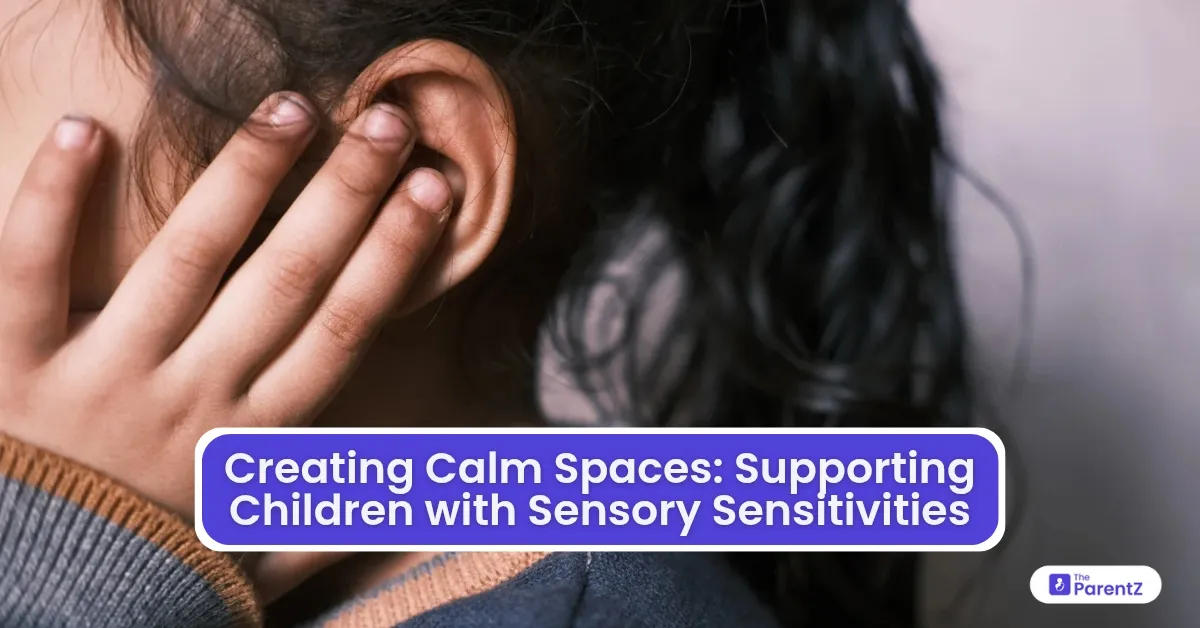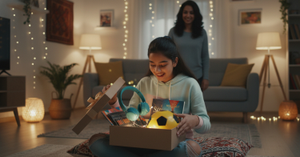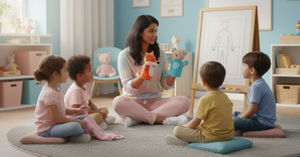Children with sensory sensitivities often experience the world in ways that others may not fully understand. For them, everyday sensory inputs like bright lights, loud noises, and certain textures can feel overwhelming, even distressing. Sensory Processing Disorder (SPD) is a condition that affects how children respond to sensory stimuli. While SPD is not formally classified as a disorder in many diagnostic manuals, it is a recognized challenge for many children, especially those with autism spectrum disorder (ASD) and attention-deficit/hyperactivity disorder (ADHD). Creating calming environments tailored to these children’s sensory needs can significantly improve their ability to manage daily life and reduce stress.
Understanding Sensory Sensitivities
Sensory sensitivities refer to the heightened or diminished sensitivity to sensory stimuli, such as light, sound, touch, taste, or smell. Children with SPD or related conditions like ASD often experience an exaggerated response to sensory inputs. For instance, sounds that most people consider background noise—like a ticking clock or the hum of fluorescent lights—can feel incredibly loud or jarring to these children. Similarly, textures that seem ordinary, like a wool sweater or certain food textures, may cause distress.
These sensory sensitivities occur because of differences in the way the brain processes sensory information. In a typical child, the brain receives and organizes sensory data to make sense of the environment. However, in children with sensory sensitivities, this process is disrupted, leading to either sensory overload or under-responsiveness.
Symptoms of sensory sensitivities include:
- Avoidance of certain textures, tastes, or smells
- Overreaction to loud noises or bright lights
- Difficulty with coordination or motor planning
- Trouble with clothing, such as being uncomfortable with certain fabrics
- Sensory-seeking behaviors, such as constantly touching or smelling objects
Understanding these responses is the first step toward creating a supportive environment for sensory-sensitive children.
The Importance of Calm Spaces
For children with sensory sensitivities, overwhelming stimuli can trigger distress, anxiety, or behavioral challenges. Meltdowns, withdrawal, or irritability are common responses when their sensory thresholds are exceeded. By designing calm spaces that cater to their sensory needs, parents, caregivers, and educators can provide children with a sanctuary where they feel safe, understood, and in control.
Calm spaces serve as a proactive approach to sensory overload, allowing children to self-regulate and manage their emotions. These spaces are designed with sensory input in mind, focusing on providing a safe, soothing environment that minimizes distressing stimuli and offers sensory support when needed.
Research has shown that sensory regulation techniques, such as deep pressure therapy, controlled sensory input, and sensory breaks, can significantly reduce anxiety and improve emotional regulation in children with SPD and related conditions. A well-thought-out environment can make a world of difference in helping these children navigate their world with greater ease and confidence.
Key Elements of a Calm Space
When creating a calming environment for a child with sensory sensitivities, several factors should be considered. These include lighting, noise control, tactile experiences, and visual stimuli. Here are some key elements to incorporate into a calm space:
- Lighting: Bright, fluorescent lighting can be particularly harsh for children with sensory sensitivities. Opting for soft, natural lighting or using dimmable lamps can create a more comfortable atmosphere. Soft lighting can help reduce anxiety and create a more relaxed environment.
- Noise Control: Loud noises can be overwhelming for sensory-sensitive children. To minimize sound disruptions, consider using noise-canceling headphones or earplugs. Additionally, soundproofing the room or using soft materials (like carpets or curtains) can absorb excess noise. If the child is particularly sensitive to certain sounds, incorporating white noise machines or calming music can help mask intrusive noises.
- Tactile Experience: Children with sensory sensitivities often have strong preferences or aversions to different textures. Offering a variety of tactile experiences, such as soft blankets, stuffed animals, or textured toys, can provide comfort. Weighted blankets, which offer deep pressure input, are particularly effective in helping children feel grounded and secure.
- Visual Stimuli: Overstimulating visuals can be distressing for children with sensory sensitivities. To create a calming space, avoid busy patterns or bright colors that can overwhelm the visual system. Instead, opt for neutral colors and minimalistic décor. If the child enjoys visual stimuli, calming images such as nature scenes or soft, pastel colors can provide a soothing effect.
- Sensory Breaks: Incorporating designated sensory breaks into a child’s routine can help them self-regulate. Sensory breaks provide children with an opportunity to step away from overwhelming stimuli and engage in activities that promote relaxation, such as swinging, jumping on a trampoline, or using a stress ball. Regular breaks can help prevent sensory overload and improve focus and emotional regulation.
Medical Strategies for Supporting Sensory-Sensitive Children
In addition to creating calming spaces, there are several medical and therapeutic strategies that can support children with sensory sensitivities. These strategies are typically recommended by healthcare professionals, including pediatric occupational therapists, who specialize in sensory integration therapy.
- Sensory Integration Therapy: Sensory integration therapy is a treatment approach designed to help children with sensory processing challenges better organize and respond to sensory stimuli. It involves structured activities that provide specific sensory input to help children become more comfortable with various stimuli. For example, a therapist may use activities such as brushing, swinging, or squeezing to provide deep pressure input, which helps regulate the nervous system.
- Weighted Therapy: Weighted blankets, vests, or lap pads are often used as part of sensory integration therapy. The deep pressure provided by these weighted items can have a calming effect on the nervous system, reducing anxiety and improving focus.
- Occupational Therapy (OT): Occupational therapists play a crucial role in helping children with sensory sensitivities navigate the world. OT can help children develop strategies for coping with sensory overload, improve their sensory processing skills, and engage in activities that promote self-regulation.
- Behavioral Therapy: For some children, behavioral therapy may be recommended to address specific behavioral challenges related to sensory sensitivities. This type of therapy focuses on teaching children appropriate ways to manage stress and develop coping mechanisms when faced with overwhelming sensory input.
Conclusion
Creating calm spaces for children with sensory sensitivities is an essential step in supporting their well-being and development. By understanding the underlying neurological processes that contribute to sensory sensitivities, caregivers can design environments that promote comfort, safety, and emotional regulation. Whether at home, in school, or in therapeutic settings, these spaces provide children with the tools they need to thrive in a sensory-overloaded world. With the right support, children with sensory sensitivities can learn to manage their sensory experiences and lead fulfilling, joyful lives.








Be the first one to comment on this story.